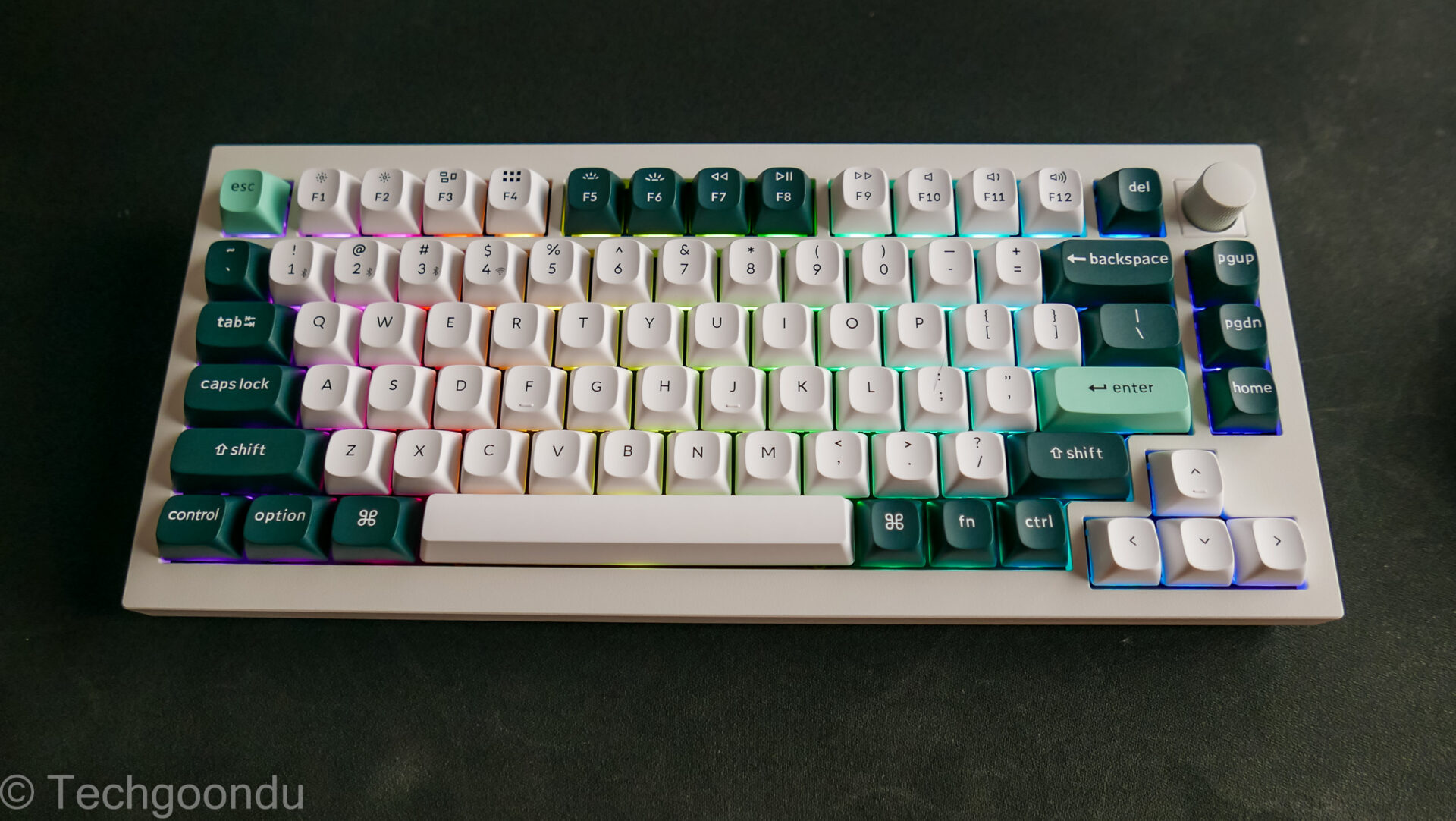
Whether you’re working on Word documents or playing a first-person shooter (FPS) game competitively, the Keychron Q1 HE is one keyboard that will catch your eye and impress with its responsive, tactile feel.
The keyboard is in the “75-per-cent” format, which means it’s compact enough to do away with the number pad and still have the function keys intact. For me, this is a great balance of size and functionality, unless you need the number pad regularly.
Out of the box, the Keychron Q1 HE also comes across as a solid piece of kit. The 1.7kg aluminium frame feels hefty in your hand and it certainly doesn’t move around your desk even with frantic key presses during a game or while firing out a report.
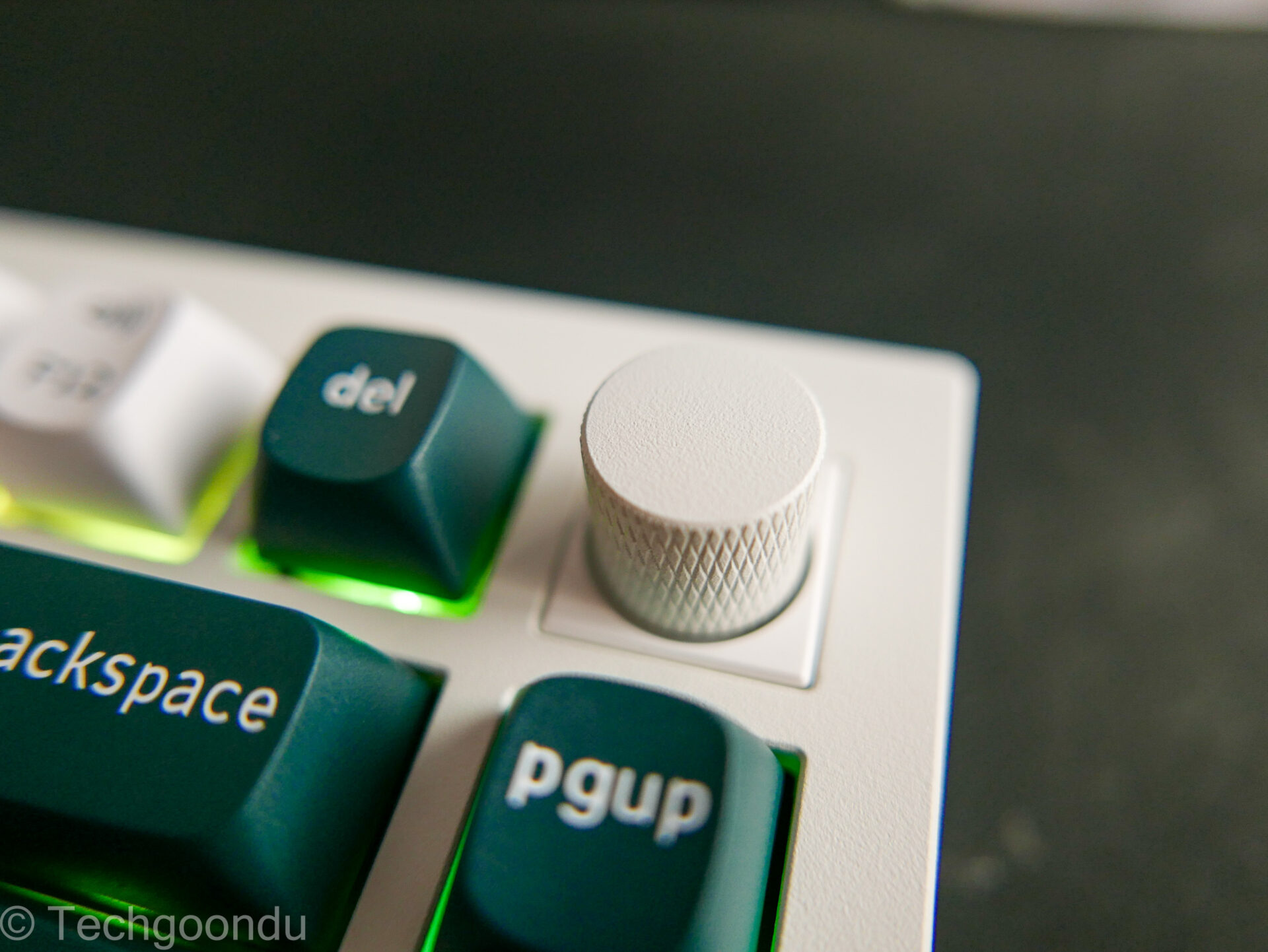
While it might look like more common mechanical keyboards popular today, the Keychron Q1 HE is what you’d call a “magnetic” keyboard. It makes use of something called Hall Effect, which in a highly summarised way, means using magnetic forces to make the connection for a key press.
A little like a touch sensor, it means you don’t need to make full contact – like with a key switch in a mechanical or membrane keyboard – for a key to be “pressed”.
In the case of the Keychron Q1 HE, the Gateron Double-Rail Magnetic switches support key travel of 0.1mm to 4mm, so you can customise just how much you wish to depress a key to activate it.
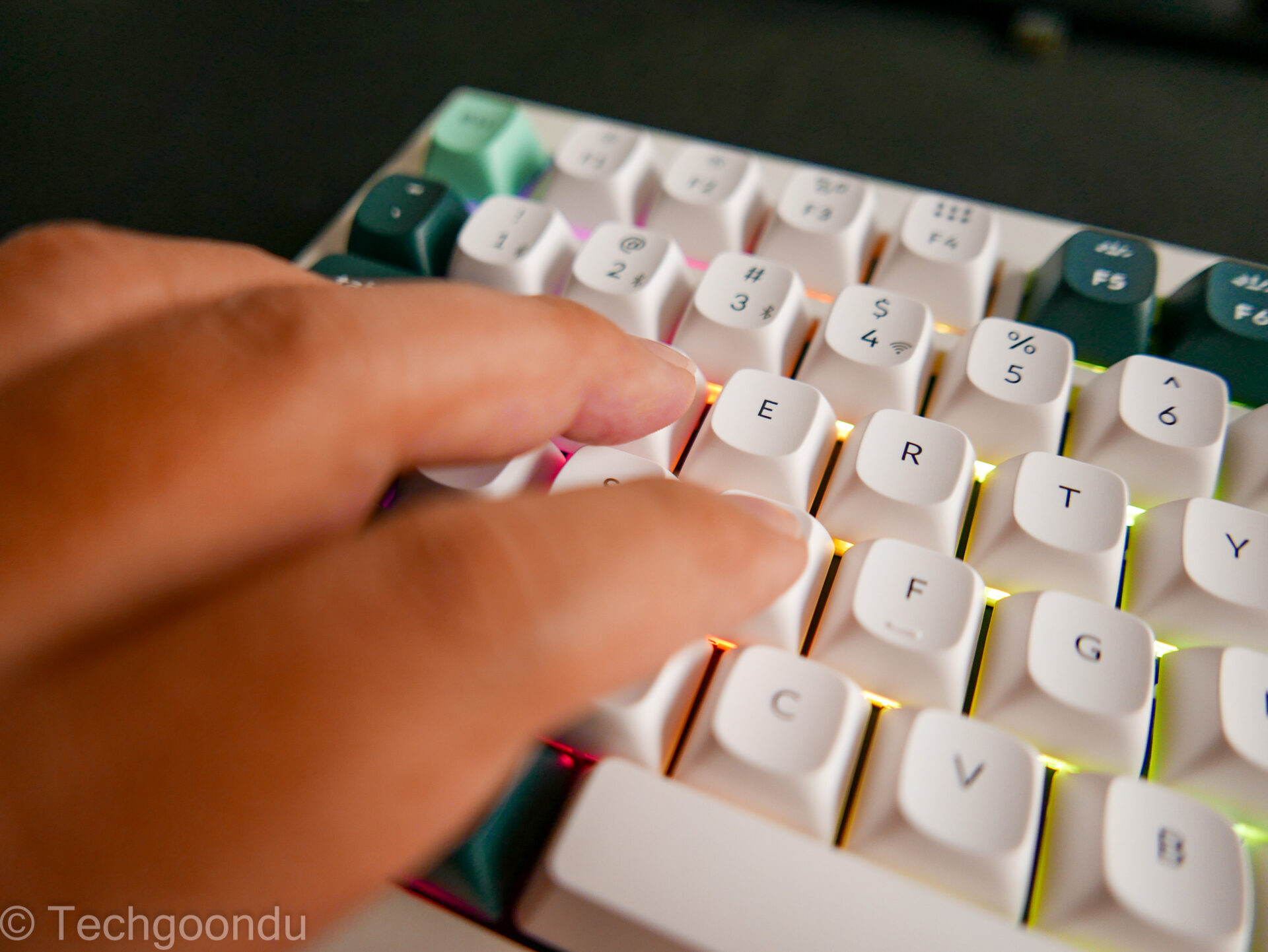
The sensitivity that Keychron touts is 0.1mm, which means you can customise, say, for your game character move ever so slightly in one direction when you depress one of the AWSD movement keys in an FPS.
This super-precise micro-adjustment could be the difference between being shot by a competitor in a game or quickly moving out of the way of a bullet. Okay, that’s for the pros, but even for an old gamer like me, the small movements in the game world enabled by the sensitive keys are pretty obvious.
The switch is so sensitive that you can even set different in-game actions based on the actuation point. Say, if you depress the key further, you could enable a new action instead of just moving forward, for example.
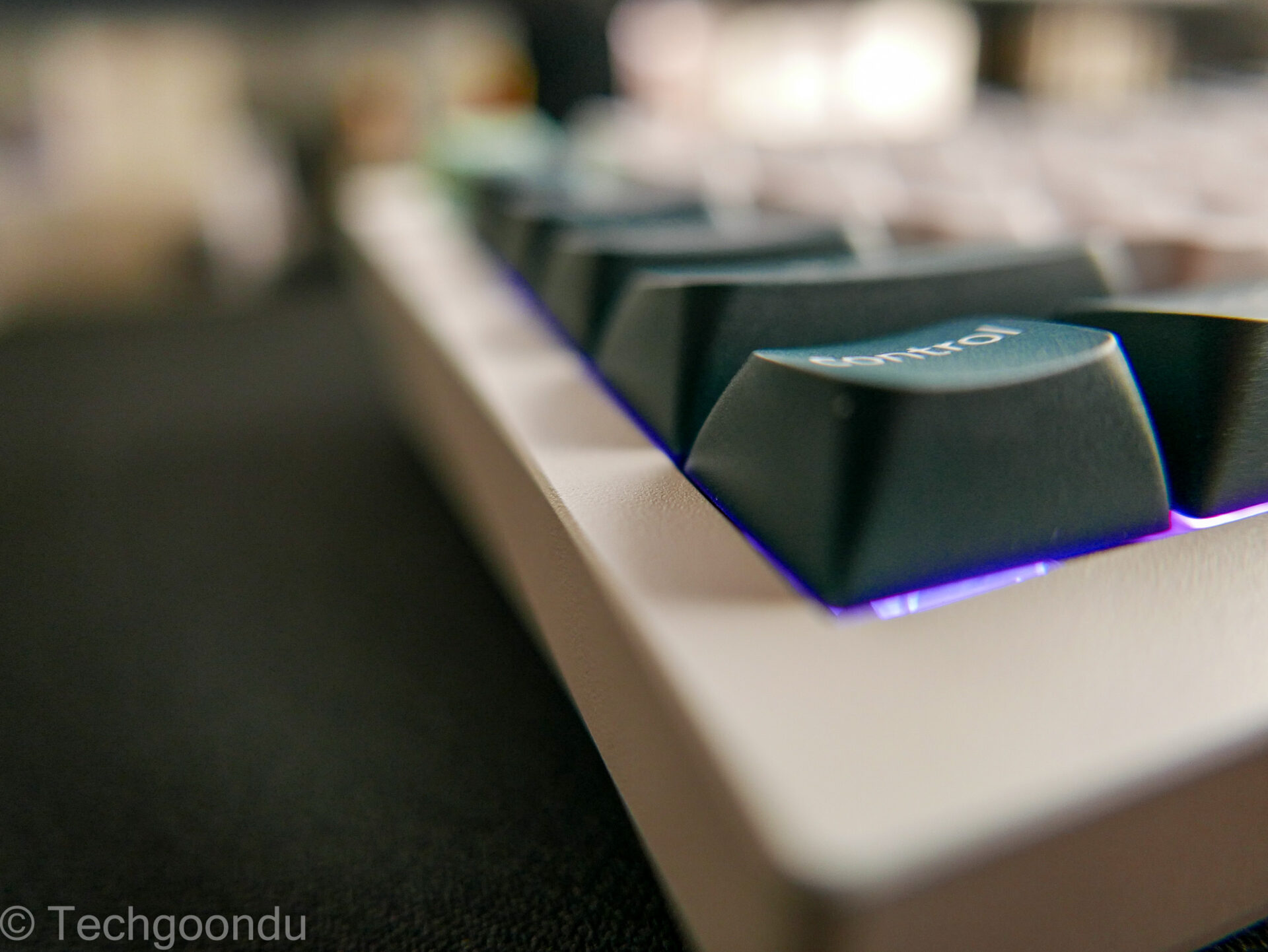
To configure the keyboard settings, you have to connect up a cable to your PC and log on to a Keychron Web-based interface. It’s a bit unusual – you’d have expected to have a software app installed instead.
With this, you can also configure the keyboard’s RGB lighting effects. If you don’t fancy so many blinking lights all the time, you can keep them solid or without so many rainbow colours.
Speaking of that, the Keychron keyboard makes use of QMK open-source firmware, which means if you’re adventurous (and competent) enough, you can generate your own software code to customise things even further.
This reminds me that the Keychron Q1 HE is a wireless keyboard, which works with both Bluetooth or a proprietary 2.4GHz wireless link. For folks looking to do without cables yet want the magnetic effect, then it will be an attractive package.
The keyboard supports a fast polling rate of 1,000Hz with the USB cable and 2.4GHz wireless (not Bluetooth). So, if you want to avoid lag and go wireless, plug in the included 2.4GHz receiver. Just beware of Bluetooth if you want the absolute best wireless connection.
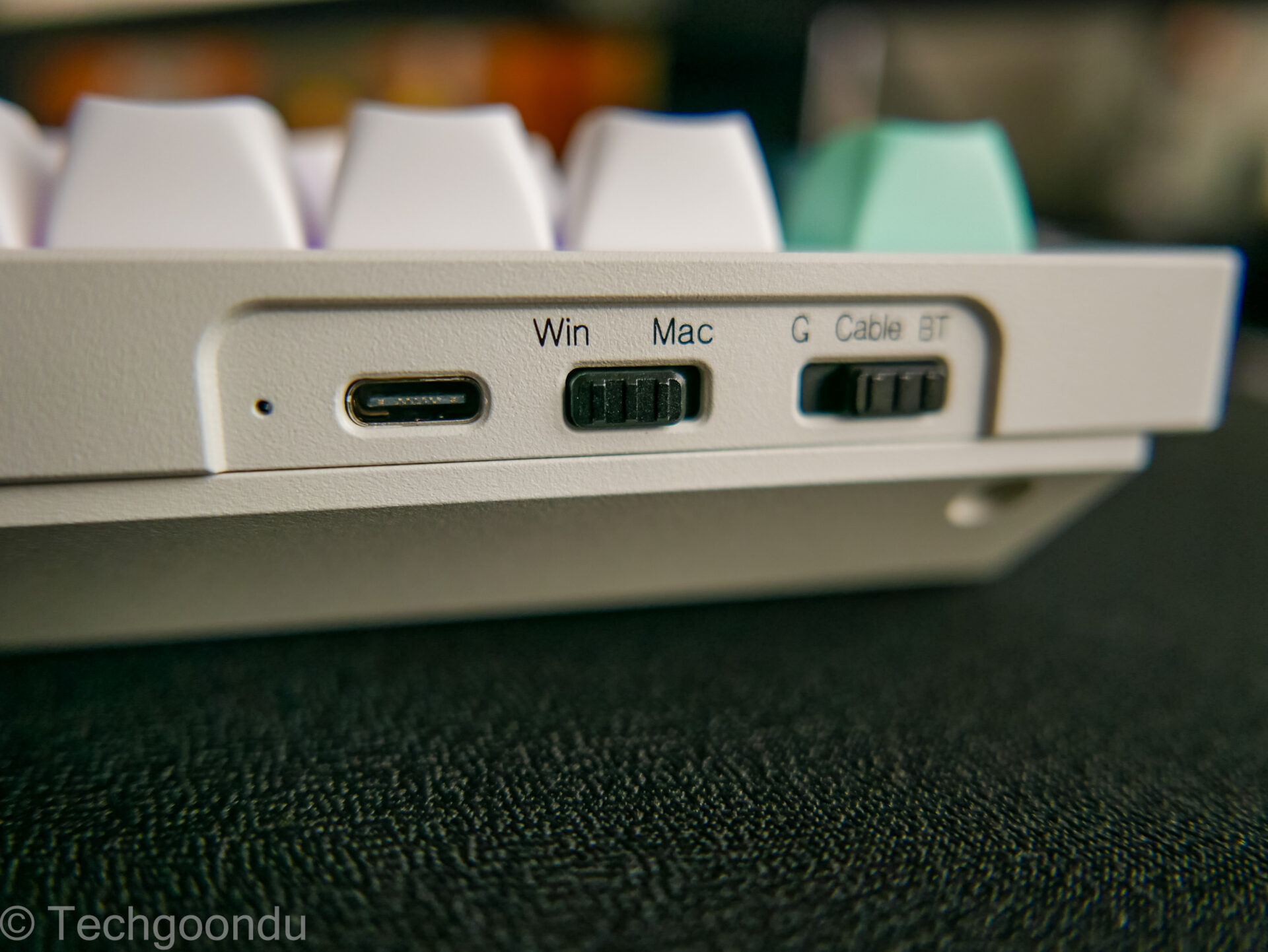
Outside of gaming, what about day-to-day typing? As someone who types for a living, I’m happy with the quiet keys that come default with the keyboard. Responsive to touch, they give you a satisfying feel when firing away words on a screen.
The key travel, for me, feels right and the keys don’t require too much force to depress. I’m a writer who uses a membrane-based keyboard and I appreciate the deeper key travel that also allows me to touch-type quickly.
Notably, Keychron ships its new keyboard with the Nebula version of the hot-swappable Gateron magnetic switch, which supports 40gf of start force and 60gf of end force.
This tactile feel is between two other options you can swap out yourself for US$35 each. The Dawn switches offer 30gf start force and 50gf end force while the Aurora gives you 50gf and 70gf.
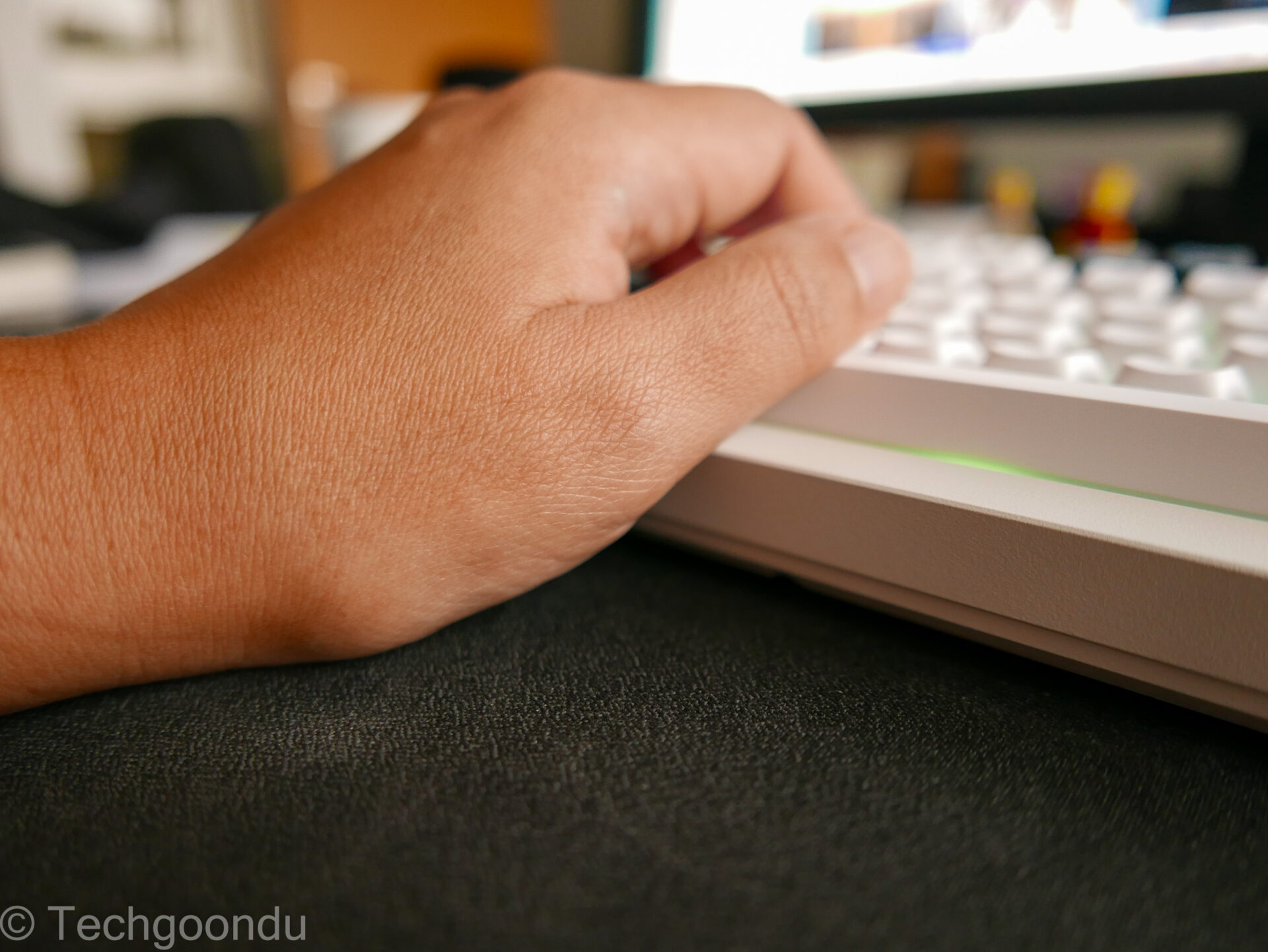
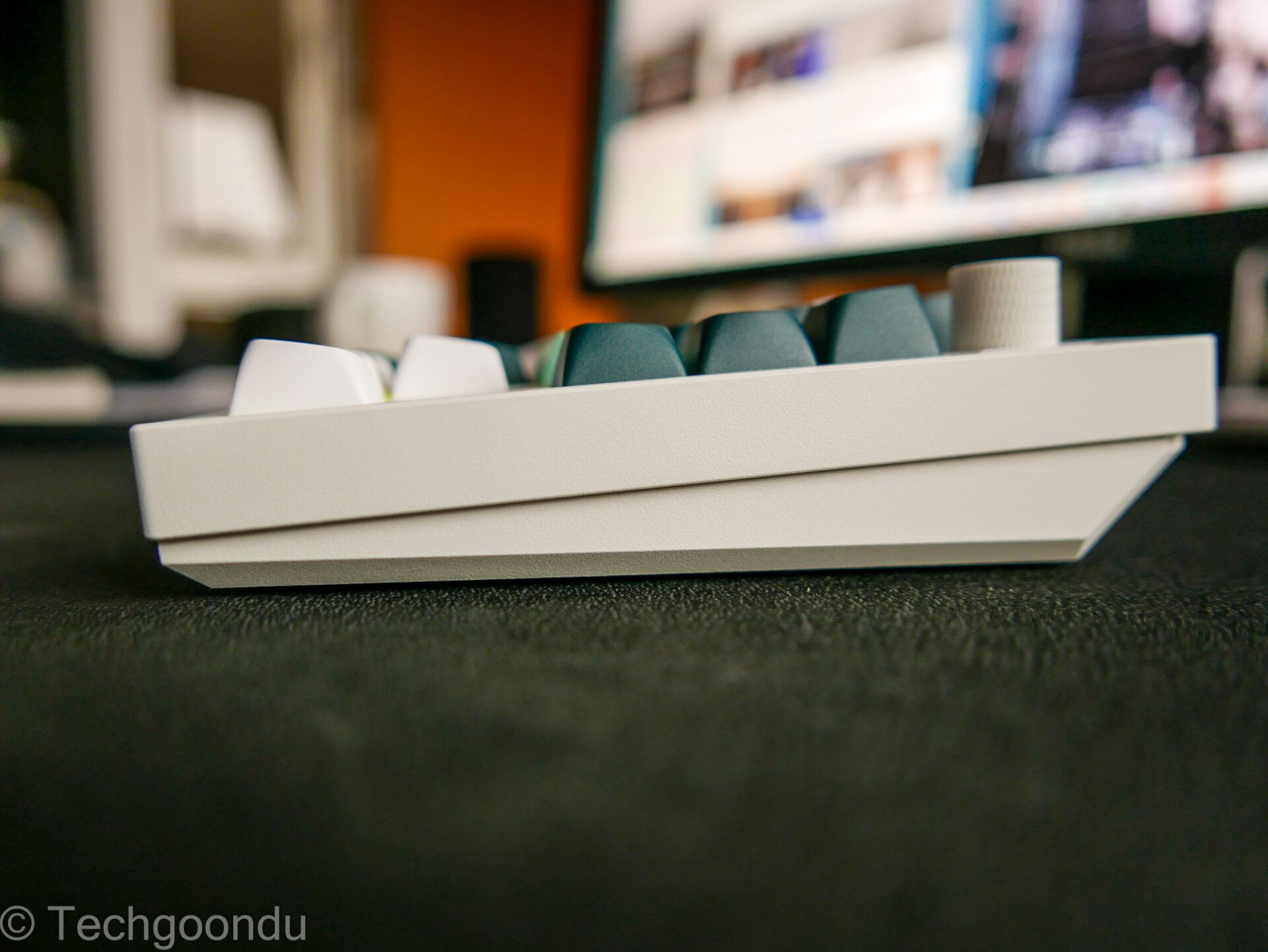
The Keychron Q1 HE isn’t without its faults. As someone who is used to a large, ergonomic keyboard, I immediately miss my wrist rest, for example. Keychron probably believes the sloped design of its new keyboard is good enough for your arms to rest comfortably on your table.
That said, the Keychron Q1 HE is a lot of fun to use, if you’re not after a large ergonomic keyboard like me. It’s compact yet has a handy and solid volume knob (no media keys). It’s also a responsive, well-built magnet keyboard that should impress enthusiasts and newcomers alike.
Costing S$330 in Singapore, it is not cheap. Then again, with the high prices of premium custom keyboards these days, it is not far from what you’d expect to fork out if you want an elevated typing or gaming experience.






